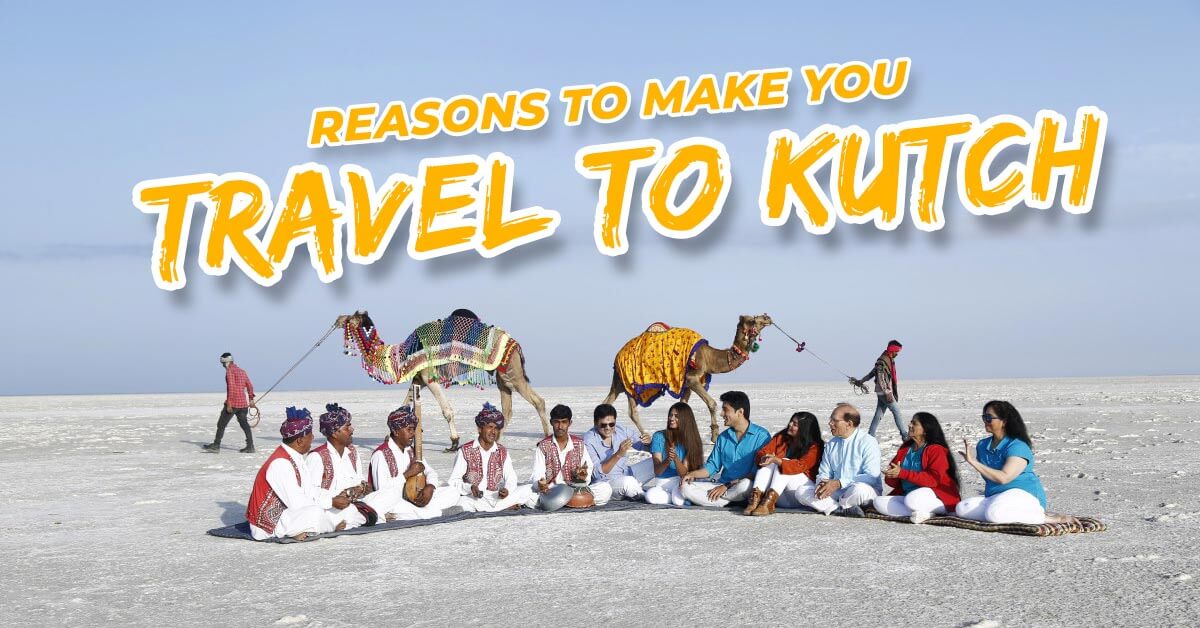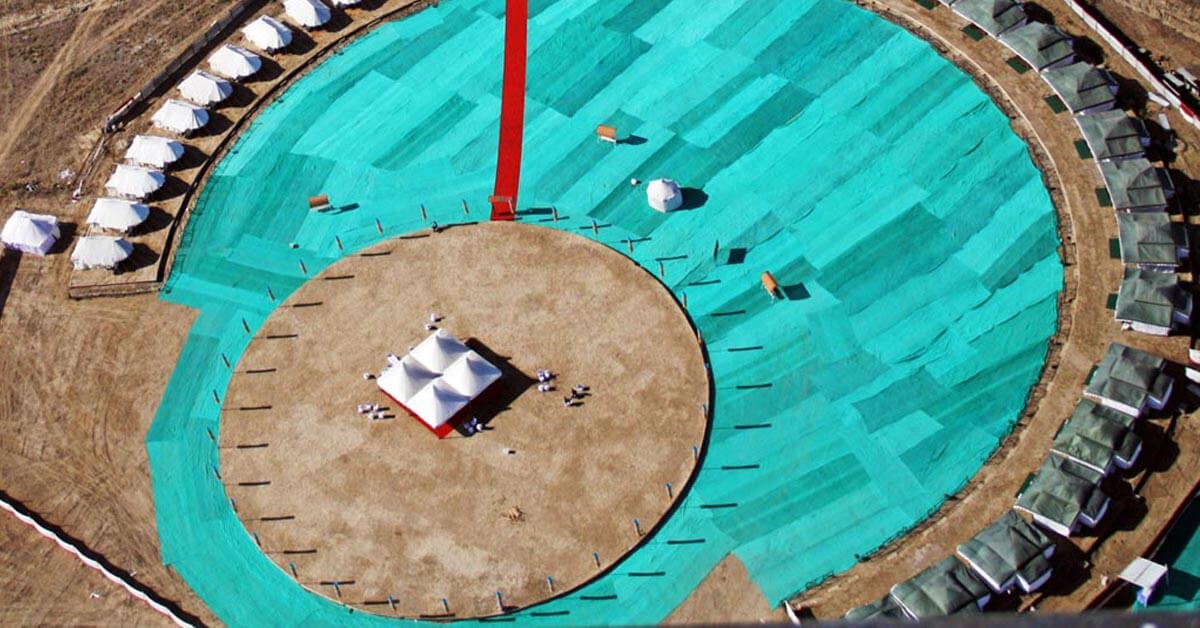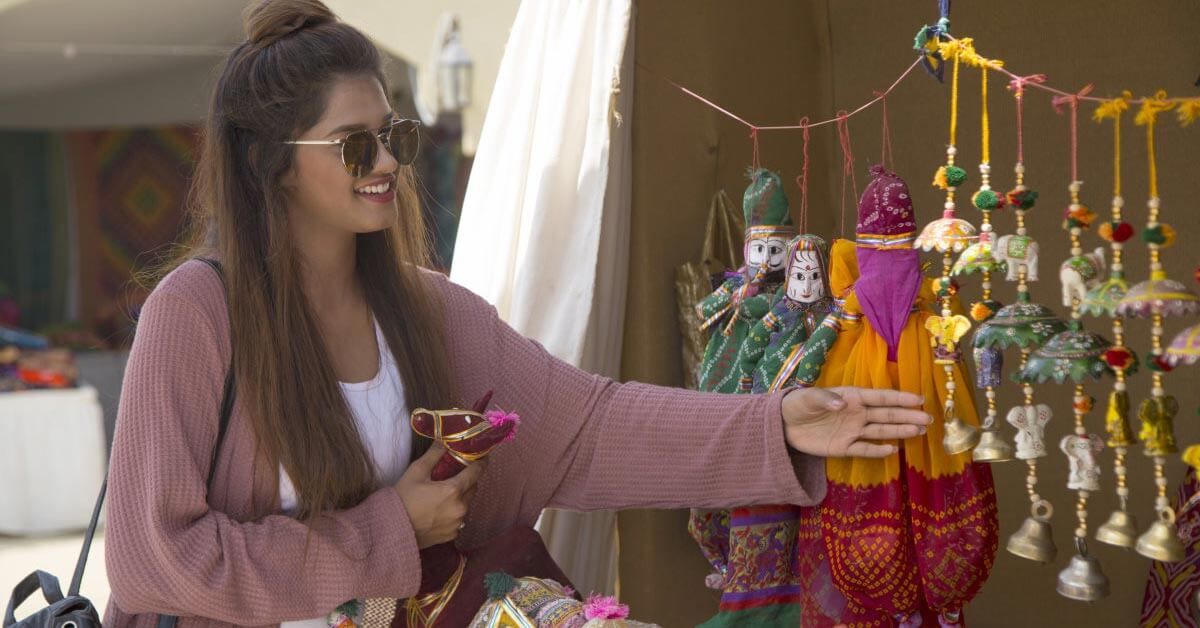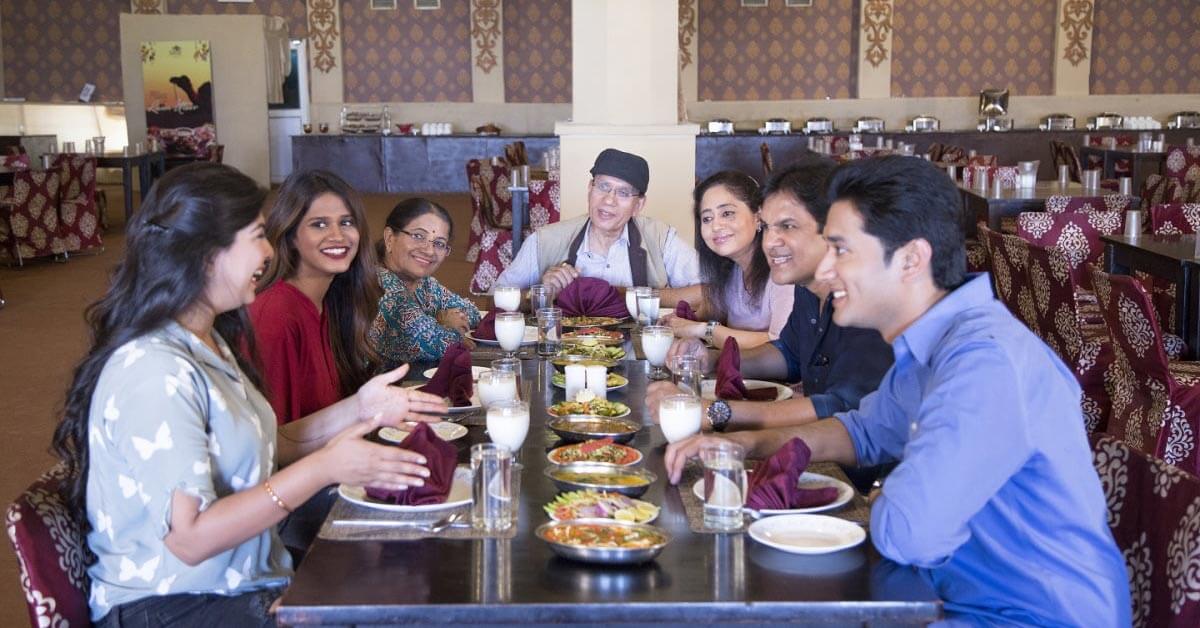
Pack your bags and head off to an Earthly wonderland. Your eyes cannot capture the beauty all around you because the ground beneath you is white, the sky above your head is deep blue, and both are so beautiful.
Yes, you are correct! It’s none other than Kutch.
The name Kutch is derived from a map that, when turned upside down, resembles the Sanskrit word for tortoise, “kachchh.” The region was previously a vast shallow of the Arabian Sea, but a geological movement cut it off from the ocean. Throughout the summer, the water evaporates, leaving a salty, white substrate. It also means “something that alternately becomes wet and dry,” which is another reason for the name Kutch. You have the golden opportunity to take a long walk with your loved ones on that marshy land.
Let us give you a quick preview of a just few reasons which are good enough to make your travel to Kutch.
Area of Kutch:
Due to its vibrant, cultural, and topographically stunning environment, Kutch is a well-liked tourist destination. From the Indus Valley Civilization to the Rao dynasty, every ruler has left their mark on Kutch’s legacy of art and architecture. The villages of Kutch have always been fertile with different cultures and artistic talent despite being surrounded by barren regions and a severe climate. The IndoPak border gives Kutch a population that is an eclectic mix of refugees from the other side of the border, tribes from various areas, and religions represented through its architecture, cuisine, artwork, social customs, and landmarks.
Rann of Kutch:

A vast, cratered area of land, Rann of Kutch is inland from the ocean and promises to take your breath away. The miles-long expanse of nothingness is nerve-racking and beautiful, with a small oasis of water features and shrub forests that serve as homes for pink flamingos and wild asses. The Little Rann of Kutch, 200 kilometres east of the Rann, is home to a 4953-square-kilometre Wildlife Sanctuary. Along with blue bulls, blackbuck, and chinkara, it is home to the last remaining population of the chestnut-coloured Indian wildlife (khur). The vast, cratered Rann of Kutch is located inland from the coastline.
Shopping at Kutch:

You’ll be bringing back from a tour of Kutch needlework, tie-dye, leatherwork, ceramics, bell metal art, and the well-known Rogan painting. Try to buy the essentials from the area’s talented artisans to improve the standard of your shopping. As a result of its lower costs and some unique antique pieces of decoration and clothes, the city is the ideal place to shop. The small villages that make up the “heart of Kutch”—Bhujodi, Dhamkada, Nirona, and Ludiyaa—are where you can find the city’s abundance of exquisite decorative items. Don’t miss the opportunity to shop whenever you come here and enjoy Kutch from a shopping perspective.
Wildlife at Kutch:
Everyone imagines Kutch as a desert with no inhabitants, but surprisingly, Kutch also has some of the best national parks and wildlife refuges. These are the ones worth visiting. Approximately 200 kilometres east of the Rann is the Wild Ass Sanctuary. Bluebells, blackbuck, chinkara, and the only remaining population of the chestnut-coloured Indian wild ass (khur) live there as well. One of the most stunning parks, Lala-Parjan Sanctuary, is maintained to protect and conserve the Bustard, the heaviest flying bird in India. Avoiding stereotypes, you should visit and explore the wildlife in Kutch.
People at Kutch:
Numerous nomadic, seminomadic, and artisanal tribes are some tribes that make up a significant population in Kutch. The other portion in Kachchh is Ahirs from Gujarat. The various villages are well known for their distinctive handicrafts and clothing designs. For instance, Garacia Jat women only wear red or black chunis, whereas Rabari women wear black open blouses or cholis with odhnis to cover their heads. Men typically prefer wearing white clothing because it is so hot most of the time.
Food at Kutch:

Laughter is the brightest, where food is the best. Your taste senses will be delighted by the delectable food there when you are in Kutch. The Kutchi people have mastered the art of vegetarian cooking, and their food is delicious and mouthwatering. Some must-try dishes to try if you visit Kutch are:
Dabeli: The very famous Dabeli is the best stomach-filling fast food which is a spicy snack made by mixing boiled potatoes with specially prepared spices, putting the mixture in a bun and serving it with chutneys made from tamarind, date, garlic, red and chillies.
The most satisfying option for a meal can be the traditional Gujarati Thali: Which includes one or two farsans—steamed or fried snacks—a green vegetable, a tuber or gourd shaak, a kathol, one or more yogurt dishes, raita, rice or khichdi, toor dal, and sweets like halwas, basundi, or shrikhand.
For desserts after a full meal is Sheera: a sweet and tempting dessert made from wheat flour, ghee, sugar and water.
Rotlas, a staple made of Bajri (millet), is what the locals eat to enjoy the cuisine, and they like it with buttermilk, butter, and jaggery. Give it a try to that too!
The Kutch Region’s Most Colorful Fairs & Festivals:
Like every other state, Kutch has its well-known festivals that are not just limited to those who live there. People here enjoy numerous brightly coloured celebrations held by Kutch communities, including Koli, Jat Rabari, Megwal, Sodha, and Ahir. While these festivities embody the ethos, character, culture, and legacy participating in them is essential to understanding and becoming a part of Kutch’s culture. To make the most of it, travel to Kutch during the monsoons to experience cultural events, including the Shitla Mata Fair, Dada Mekan, and Hajipir.
Culture of kutch:
The Kachchh region of Gujarat is well-known for its culture. Languages spoken there include Sindhi, Gujarati, Hindi, and Kachchhi. Being a desert region with many skilled artisans, Kutch has a raw but distinctive culture. These locals make their living by selling various kinds of embroidered clothing known for their handicrafts like tie-dye, mirror work, and bead inlay, as well as Rabari, Ahir, Sindhi, Banni, Mutwa, Ari, and Soof. During the Rann Utsav celebration, one can experience local culture, cuisine, and hospitality in one destination. Tourists are also accommodated in specially constructed native homes to offer them a flavour of staying in this bhoongas.
Best time to visit Kutch:
During the monsoon season, temperatures range from 25 to 12 degrees Celsius, making it a prime time for tourism. As the cherry on top, you can also go to the Rann of Kutch Festival held in Rann of Kutch. 3 to 5 days are ideal for travelling through the Kutch region. The Black Hills and White Rann, Mandvi and its surroundings, lakhpat, Narayansarovar-Koteshwar, Mata Na Madh, and other places are among the various sights to see. But in April and May, you can still travel by day from Bhuj to the salt desert. But it gets warm during the day. Additionally, there are no necessary visitor amenities (food, water and toilets).
How to reach Kutch:
Since Kutch is primarily desert, there is only one way to get there: by road. There is neither an airport nor a train station in Kutch City.
The Rann of Kutch’s closest airport is in the city of Bhuj. You can get to Rann of Kutch, where the great Rann Utsav is celebrated, by car or cab from Bhuj.

 Our Affiliate Websites :
Our Affiliate Websites :